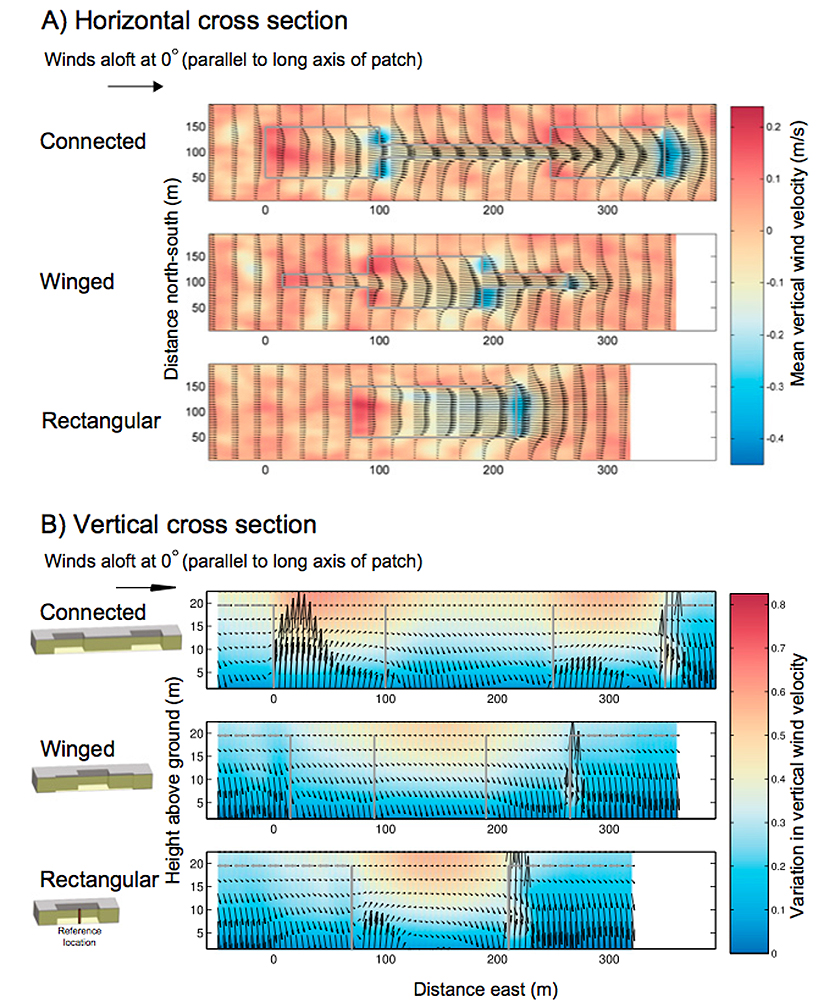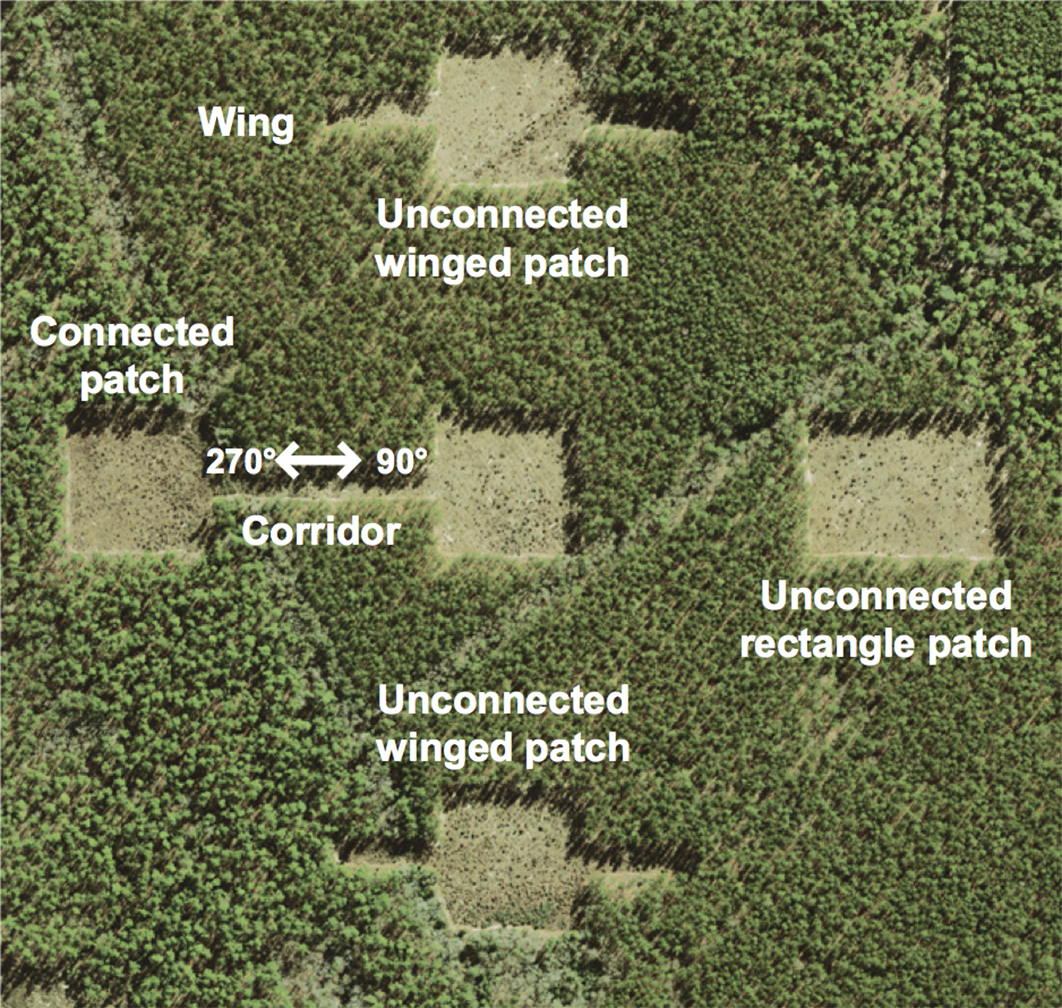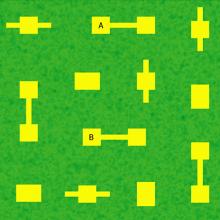Ed.–Earth Day, first celebrated in 1970, is coordinated by the Earth Day Network and held on April 22 of each year. Today, more than 1 billion people now participate in Earth Day activities each year, making it the largest civic observance in the world. To recognize Earth Day on the OH-TECH Blog, we invited Dr. Gil Bohrer of The Ohio State University to share a little about one of his most recent research projects.
Field ecologists go to great lengths to get data. Recently, I and a group of fellow scientists set out to see how wind moves seeds through isolated patches of habitat carved into a longleaf pine plantation. Our goal was to understand if endangered wind-dispersed flower species that grow in grassy patches in the forest would be able to sustain their population better if narrow corridors connected these isolated patches.
Our experiment included cutting gaps and corridors out of a pine forest around the Savannah-River National Laboratory. A network of sensors provided observations on wind speed, turbulence, temperature and humidity at roughly 20 different points throughout the experimental landscape, seed traps sampled seed arrival to many points in and around the gaps and hundreds of artificial seeds made of black-light fluorescent yarn were released in several controlled experiments.
 These very large experimental efforts provided a new and unique dataset of observations of seed movement and wind in patch-corridors landscapes. However, we have learned that reality is always much more detailed than can be observed. Therefore, to understand the fine details of the relationships between the forest gap structures and the wind, we turned to a physical model to generate a virtual and complete environment where every detail of the wind and seeds movement and the forest structure are known.
These very large experimental efforts provided a new and unique dataset of observations of seed movement and wind in patch-corridors landscapes. However, we have learned that reality is always much more detailed than can be observed. Therefore, to understand the fine details of the relationships between the forest gap structures and the wind, we turned to a physical model to generate a virtual and complete environment where every detail of the wind and seeds movement and the forest structure are known.
 The virtual experiments used a high-resolution atmospheric model that I developed at The Ohio State University, which resolves the wind flow and includes the effects of canopy leaves and tree stems on the wind. The simulations include a virtual domain of roughly 6.5 million pixels, each representing a volume of air (or air mixed with forest leaves) of about 10 cubic meters. It also represents millions of dispersing virtual seeds. The model calculates the movement of the air and virtual seeds 20 times per second, over the course of four hours.
The virtual experiments used a high-resolution atmospheric model that I developed at The Ohio State University, which resolves the wind flow and includes the effects of canopy leaves and tree stems on the wind. The simulations include a virtual domain of roughly 6.5 million pixels, each representing a volume of air (or air mixed with forest leaves) of about 10 cubic meters. It also represents millions of dispersing virtual seeds. The model calculates the movement of the air and virtual seeds 20 times per second, over the course of four hours.
The massive simulations used the Oakley Cluster at the Ohio Supercomputer Center to provide a detailed understanding of how corridors change the movement of the wind, and the seeds that disperse within it, through a forest. We found that corridors can affect the wind direction and align it with the corridor, that they accelerate the wind and provide preferable conditions for ejection above the canopy were long-distance dispersal can occur.
______________________________________
Additional information:
- OSC press release focusing on the simulation work of the project.
- NSF press release of the results of this project.
- The manuscript in Proceedings of the National Academy of Sciences of the United States of America.
- “Nature” news and views press release.



